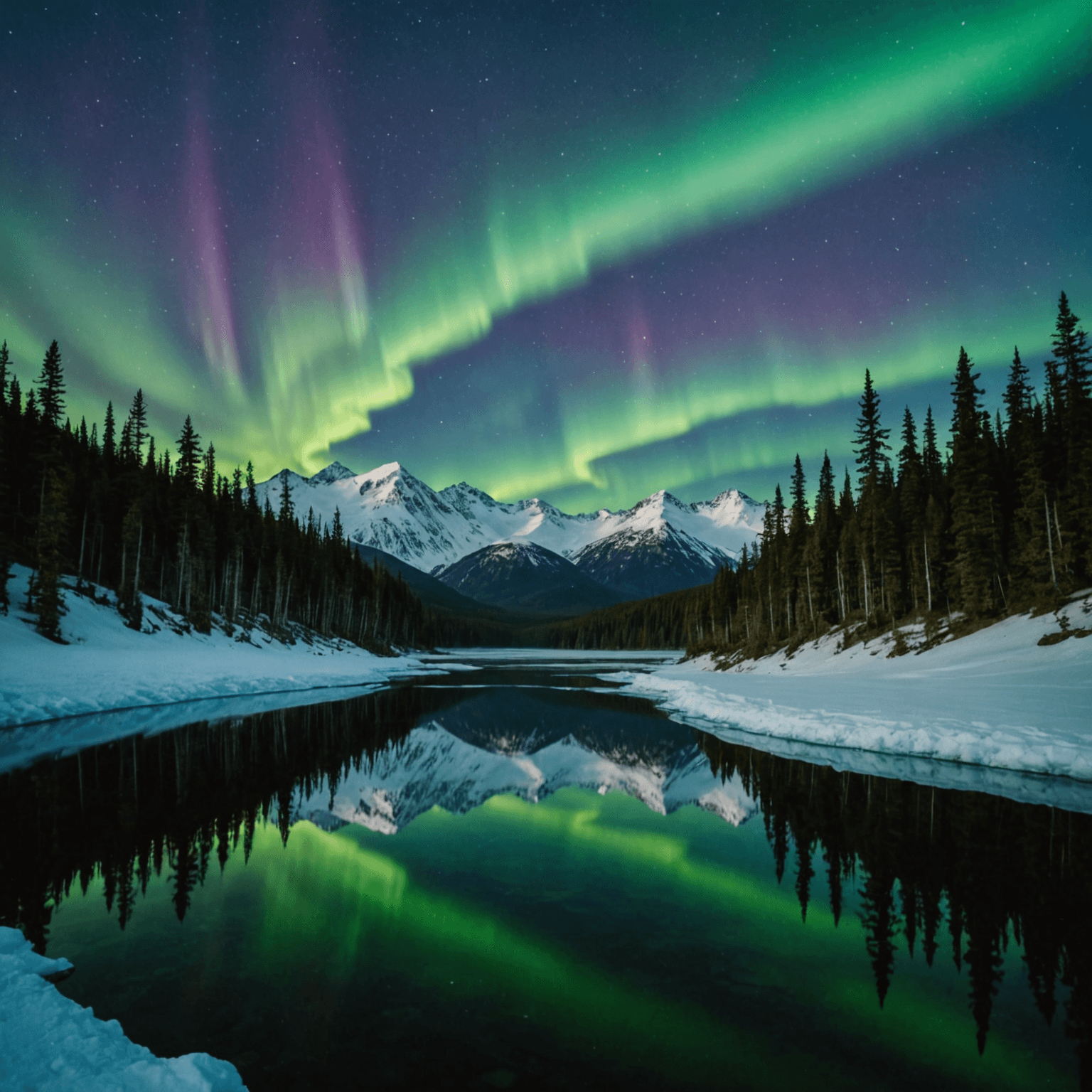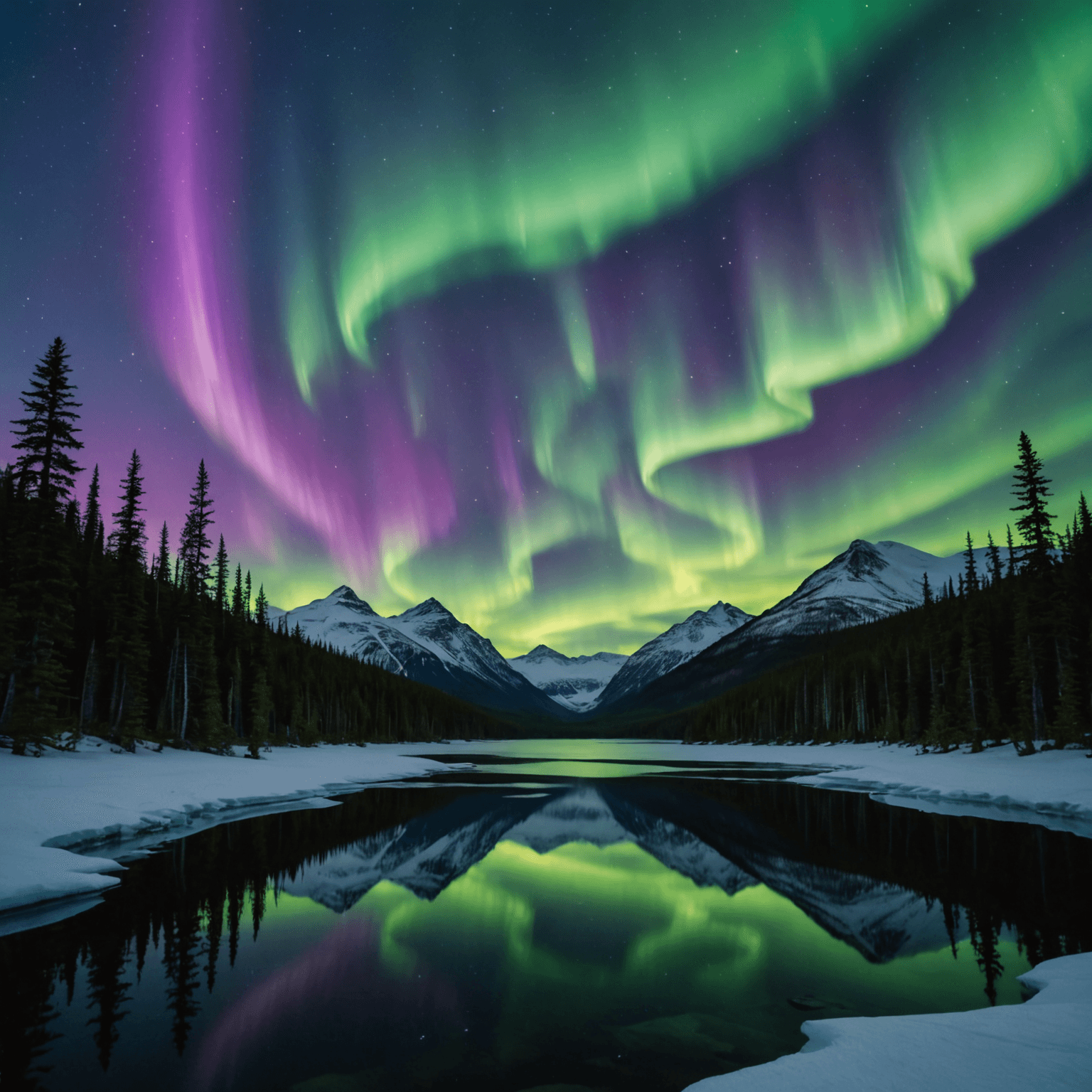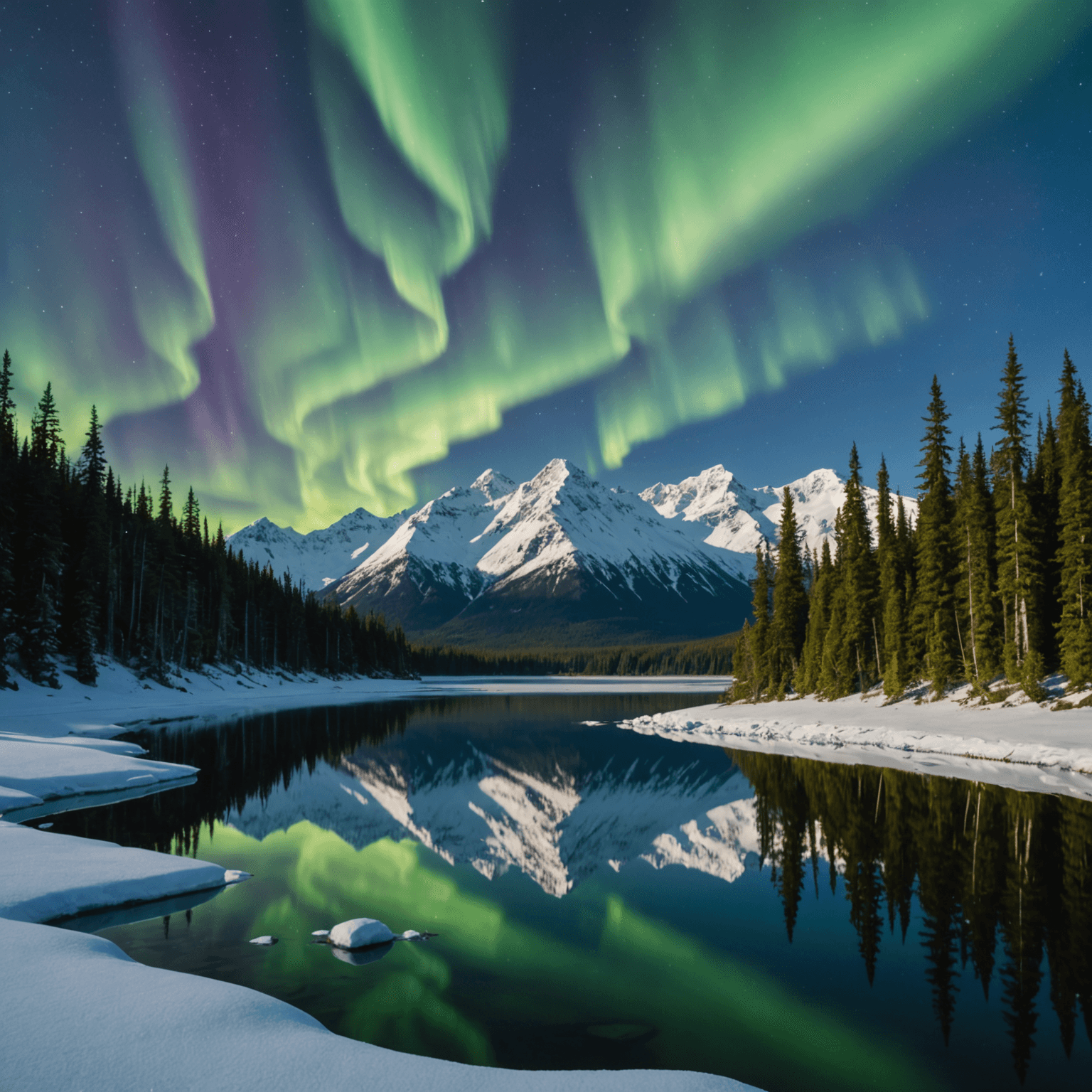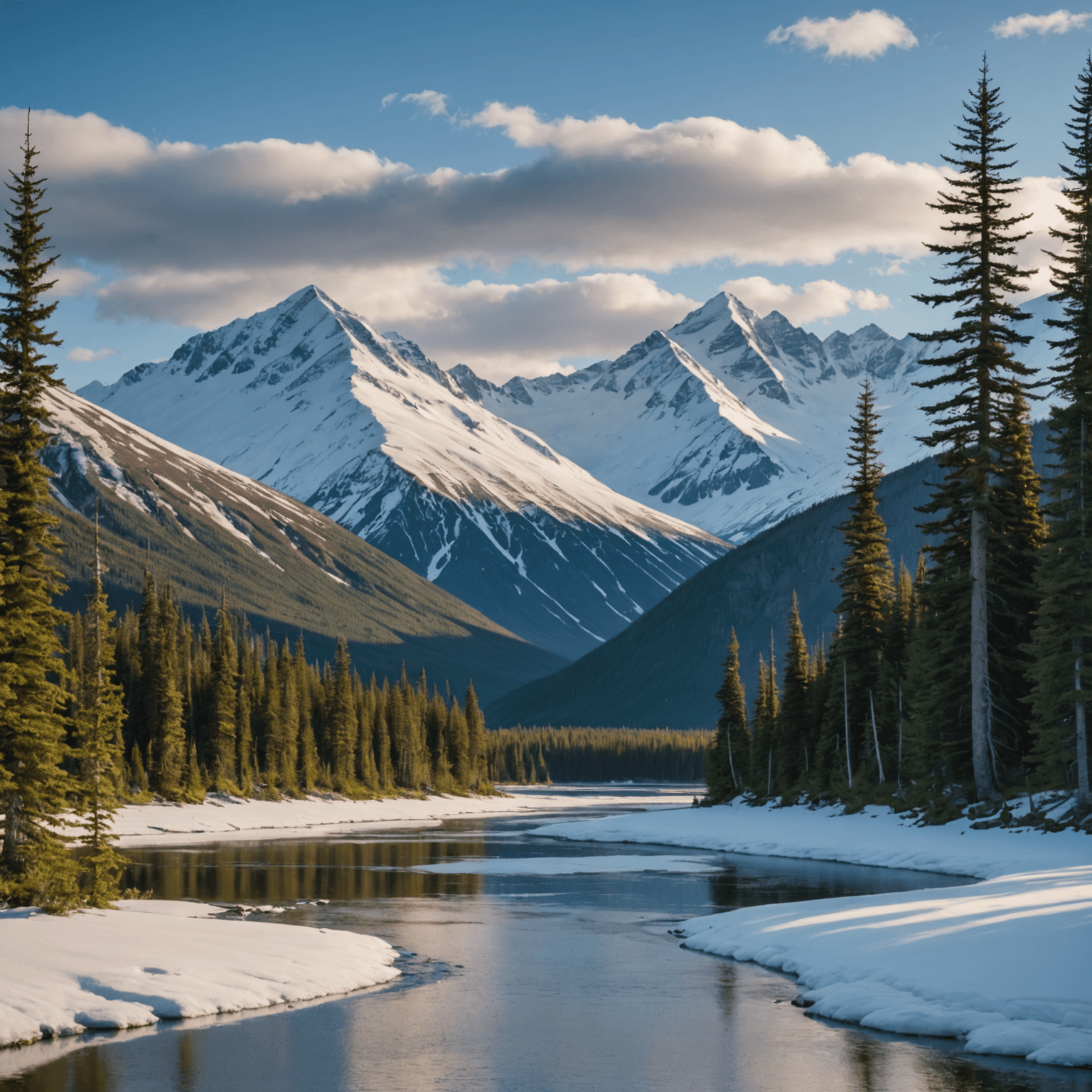Introduction
Alaska, with its breathtaking landscapes and rich cultural history, offers one of the most exhilarating winter adventures: dog sledding combined with the awe-inspiring Northern Lights. This unique combination provides an unforgettable experience, allowing adventurers to explore the vast Alaskan wilderness while witnessing the ethereal dance of the aurora borealis. This blog post will guide you through the essentials of planning such an adventure, highlight the best times and places to visit, and offer insights into how to build a dog sled for those interested in crafting their own slice of Alaskan history.
Planning Your Alaskan Adventure
Choosing the Right Time
Visiting Alaska for dog sledding and Northern Lights viewing requires careful timing. The prime period for Northern Lights extends from late September to early April, with the darkest months—December through February—offering the best visibility. During these months, you can also experience the full thrill of dog sledding across snowy landscapes.
For current weather conditions and forecasts, checking sites like the National Weather Service can help you plan your trip more effectively.
Selecting the Perfect Location
Alaska is vast, and selecting the right location depends on your interests and experience level. Popular areas for dog sledding include Denali National Park and the Hatcher Pass. Denali offers expansive backcountry trails perfect for seasoned mushers, while Hatcher Pass provides a mix of accessibility and stunning landscapes. You can learn more about the Hatcher Pass area and its offerings for winter sports.
For those seeking a multi-day adventure, Snowhook Adventures provides comprehensive tours that combine dog sledding with Northern Lights viewing, tailored to offer an immersive Alaskan experience.
How to Build a Dog Sled
Building your own dog sled can be a rewarding endeavor. Here’s a step-by-step guide to get you started:
1. Understanding the Basics
A traditional dog sled consists of several key components: the runners, basket, brush bow, brake, and stanchions. The materials used can vary, with wood, aluminum, and plastic being common choices. Alaska’s harsh conditions demand durable and flexible sleds.

2. Selecting the Right Materials
- Runners: Traditionally made from hardwood, but modern sleds often use UHMW plastic for durability and glide efficiency.
- Basket: Constructed from lightweight wood or aluminum, the basket needs to be sturdy enough to carry supplies.
- Brush Bow: This is the sled’s front bumper, typically made from flexible wood or plastic to absorb impact.
- Brake: Essential for controlling speed, brakes are made from metal and feature a claw-like design to grip the snow.
3. Construction Process
- Step 1: Cut and shape the runners to your desired length and attach the plastic bottom for smooth sliding.
- Step 2: Assemble the basket, ensuring it is securely attached to the runners.
- Step 3: Install the stanchions, which provide structural support between the runners and basket.
- Step 4: Attach the brush bow at the front and the brake at the rear.
4. Finishing Touches
Apply a weatherproof finish to wooden components to protect against moisture and freezing temperatures. Regular maintenance, including waxing the runners, will ensure your sled remains in peak condition.
For a more customized experience, consider the custom tours available through Snowhook Adventures, where you can learn more about sled construction and mushing techniques.
Experiencing the Northern Lights
The Northern Lights, or aurora borealis, are a natural light display predominantly seen in high-latitude regions. To maximize your viewing experience, it’s crucial to monitor aurora forecasts. Websites like the Geophysical Institute’s Aurora Forecast provide real-time updates on aurora activity.
Optimal viewing conditions include clear skies, minimal light pollution, and a location far from city lights. For a guided experience, consider joining the Northern Lights Tour offered by Snowhook Adventures, which combines expert guidance with the best viewing spots.

Conclusion
Combining dog sledding with Northern Lights viewing in Alaska offers a unique blend of adventure and natural beauty. Whether you’re building your own dog sled or embarking on a guided tour, this experience promises to be memorable. With careful planning and the right resources, you can explore the Alaskan wilderness like never before.
FAQ
1. What is the best time to see the Northern Lights in Alaska?
The best time to see the Northern Lights in Alaska is from late September to early April, with peak visibility during the darkest winter months, December through February.
2. How long does it take to build a dog sled?
Building a dog sled can take anywhere from a few days to several weeks, depending on your skill level and the complexity of the sled design.
3. Can beginners try dog sledding in Alaska?
Yes, beginners can enjoy dog sledding in Alaska. Many tour operators, such as Snowhook Adventures, offer guided tours suitable for all experience levels.
4. What should I wear for a dog sledding adventure?
Wear multiple layers, including a moisture-wicking base layer, insulating layers, and a waterproof outer layer. Don’t forget a hat, gloves, and warm boots to protect against the cold.
5. Do I need special permits for dog sledding in Alaska?
Most areas do not require special permits for recreational dog sledding, but it’s advisable to check with local authorities or tour operators for specific regulations.
6. Where can I learn more about dog sledding and the Iditarod?
For more information on dog sledding and the Iditarod, visit Snowhook Adventures’ Iditarod Ultimate Adventure page.
7. Are there risks associated with viewing the Northern Lights?
The Northern Lights themselves pose no risk, but it’s important to be prepared for cold temperatures and remote locations. Ensuring proper gear and checking weather conditions via the National Weather Service can help mitigate risks.
8. Can I combine dog sledding with other winter activities in Alaska?
Absolutely! Consider combining dog sledding with other activities like snowmobiling or ice fishing. Check out Snowhook Adventures’ combo tours for a diverse Alaskan experience.




